Home>Articles>How To Maintain Hand-Held Electric Power Tools
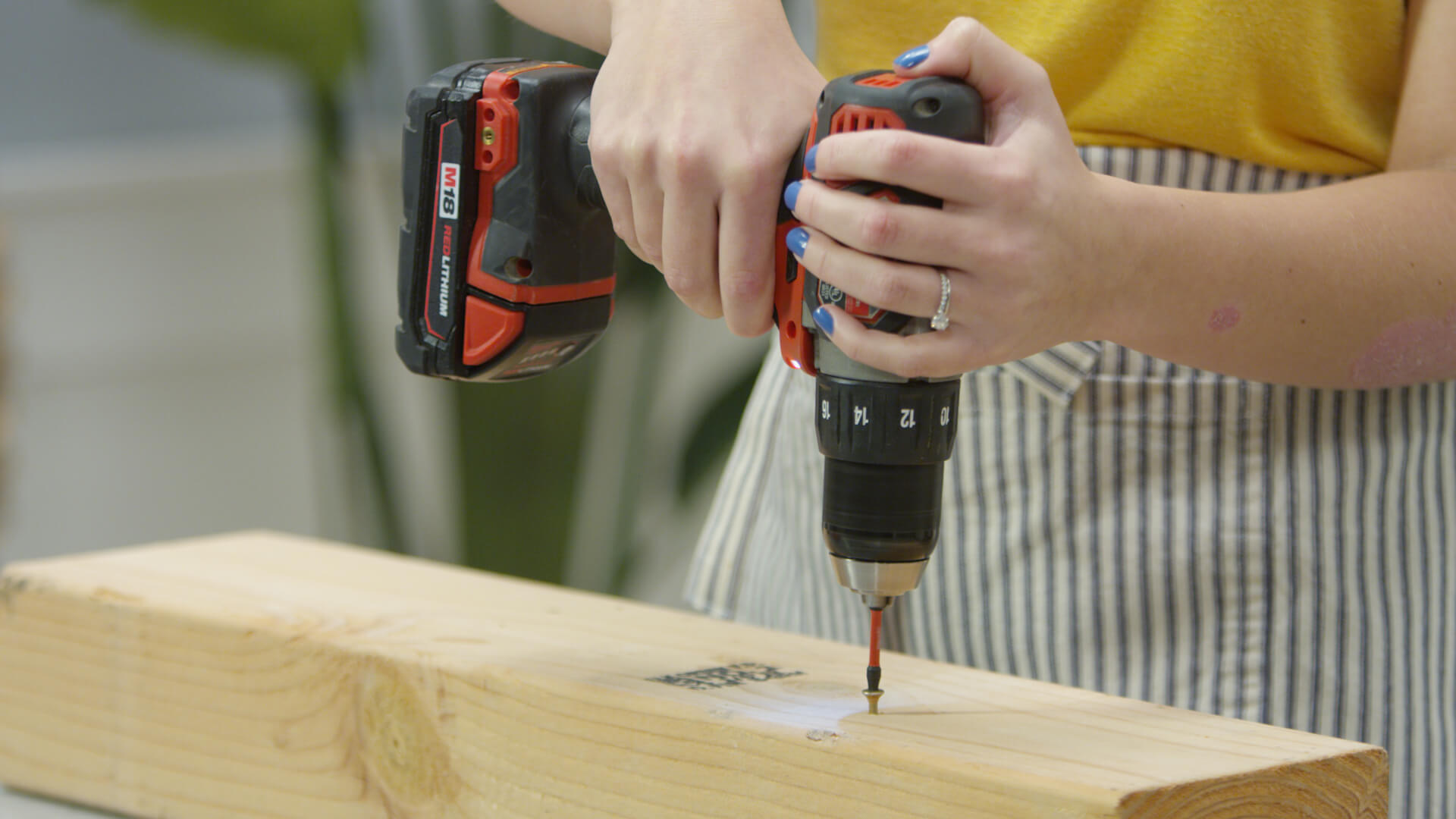

Articles
How To Maintain Hand-Held Electric Power Tools
Modified: August 17, 2024
Discover the importance of properly storing hand-held electric power tools when not in use in our informative articles. Keep your tools in optimum condition and ensure their longevity.
(Many of the links in this article redirect to a specific reviewed product. Your purchase of these products through affiliate links helps to generate commission for Storables.com, at no extra cost. Learn more)
Introduction
Proper storage and maintenance of hand-held electric power tools are important for both their longevity and safety. When not in use, it is crucial to store these tools correctly to avoid damage, accidents, and unnecessary wear and tear. In this article, we will explore the significance of proper storage for hand-held electric power tools, common mistakes to avoid, best practices for storing tools, the role of protective cases, and the importance of regular maintenance and inspection.
Hand-held electric power tools, such as drills, saws, and sanders, have become essential for various DIY projects and professional tasks. They simplify tasks and save time, making them indispensable for any handyman or construction worker. However, neglecting their proper storage can lead to numerous issues, including decreased performance, the risk of accidents, and unnecessary expenses.
By following the right storage practices, you can ensure that your hand-held electric power tools are ready to use when needed, maintain their functionality, and prevent any potential hazards. With a few simple steps, you can enhance the lifespan of your tools and create a safe working environment.
Now, let’s delve into the specific importance of proper storage for hand-held electric power tools.
Key Takeaways:
- Proper storage and maintenance of hand-held electric power tools are crucial for preserving functionality, preventing accidents, and protecting your investment. Implement best practices and use protective cases to ensure tools are always ready for use.
- Regular maintenance and inspection of stored tools are essential for preserving functionality, enhancing safety, and prolonging tool life. By incorporating these practices, you can ensure reliable performance and protect your valuable investments.
Importance of Proper Storage for Hand-Held Electric Power Tools
Proper storage of hand-held electric power tools is essential for several reasons. Let’s explore the importance of storing these tools correctly:
1. Preservation of Tool Functionality: Storing hand-held electric power tools in the right manner helps preserve their functionality. Exposure to moisture, extreme temperatures, and dust can negatively impact the tool’s performance, leading to decreased efficiency and potential breakdowns. By storing tools in a clean, dry, and controlled environment, you can ensure that they function optimally when needed. 2. Prevention of Accidents: Improperly stored tools can pose a significant safety hazard. Sharp blades, exposed cords, or loose components can cause injuries if not secured properly. Storing tools in designated cases or storage racks can help prevent accidental contact and minimize the risk of cuts, electric shocks, or trips and falls. 3. Protection from Damage: Quality hand-held electric power tools are an investment, and proper storage helps protect this investment. Tools that are left lying around or tossed into a toolbox can suffer from accidental impacts, resulting in dents, scratches, or even internal damage. By providing a designated storage space or using protective cases, you can safeguard your tools from unnecessary wear and tear. 4. Improved Organization and Efficiency: A well-organized storage system ensures that tools are easily accessible when needed. When tools have a designated place, it saves time and effort searching for them, allowing you to focus on the task at hand. Organized storage also promotes efficiency, streamlining work processes and reducing downtime. 5. Prevention of Theft: Hand-held electric power tools are valuable items that can attract the attention of thieves. Proper storage, such as locking tool chests or cabinets, can serve as a deterrent and protect your tools from being stolen. It is also a good practice to keep an inventory of your tools, including serial numbers, to aid in recovery in case of theft.
By understanding the importance of proper storage, you can ensure that your hand-held electric power tools remain in optimal condition, minimize the risk of accidents, and increase their lifespan.
Common Mistakes in Storing Hand-Held Electric Power Tools
When it comes to storing hand-held electric power tools, several common mistakes can compromise their functionality and safety. By being aware of these mistakes, you can avoid them and ensure proper storage for your tools. Let’s explore some of the most frequently made mistakes:
1. Leaving Tools Unprotected: One common mistake is leaving hand-held electric power tools unprotected without proper cases or covers. This leaves them vulnerable to dust, moisture, and accidental damage. Always use appropriate cases or covers to protect your tools when storing them. 2. Disregarding the Power Cord: Neglecting the power cord is another common mistake. Pulling or wrapping the power cord tightly around the tool can lead to kinks, fraying, or even internal wire damage. Instead, loosely coil the cord and secure it using Velcro straps or cable organizers. 3. Ignoring Cleaning and Maintenance: Failing to clean and maintain the tools before storage is detrimental to their longevity. Dust, debris, or residue from previous tasks can accumulate and affect the tool’s performance. Take the time to clean the tools thoroughly and ensure they are dry before storing them. 4. Leaving Batteries Inside: For tools that use rechargeable batteries, a common mistake is leaving the batteries inside the tool during storage. This can result in battery drain, leading to decreased battery life and potential damage. Always remove the batteries before storing the tool and store them separately in a cool, dry place. 5. Improper Placement: Placing tools in an overcrowded or disorganized storage area can make it difficult to find the tools when needed and increases the chances of accidental damage. It is important to have a designated storage space for each tool and ensure they are properly arranged and easily accessible. 6. Failing to Secure Sharp Blades: Many hand-held power tools have sharp blades that can cause injuries if not properly secured. Leaving the blades exposed or loosely stored can lead to accidental cuts or damage to the blade itself. Always secure or cover the blades to prevent accidents and extend their lifespan. 7. Not Checking for Wear and Tear: Before storing your tools, it is essential to inspect them for any signs of wear and tear. Loose or damaged parts, frayed cords, or malfunctioning switches should be addressed before storing. Repair or replace any faulty components to maintain optimal tool performance. By avoiding these common mistakes and adopting proper storage practices, you can prolong the life of your hand-held electric power tools and ensure a safe and efficient working environment.
Best Practices for Storing Hand-Held Electric Power Tools
Proper storage of hand-held electric power tools is crucial for their longevity and functionality. By following these best practices, you can ensure that your tools are stored safely and are ready for use whenever needed:
1. Clean and Dry Tools: Before storing your tools, clean them thoroughly to remove any dust, debris, or residue. Use a soft cloth or brush to wipe down the surfaces, and if necessary, use a mild cleaner. Ensure that the tools are completely dry before storing them to prevent moisture-related damage. 2. Use Protective Cases or Covers: Invest in quality protective cases or covers for your hand-held electric power tools. These cases provide a secure and cushioned environment, protecting the tools from impacts, dust, and moisture. Ensure that the cases are appropriately sized for each tool and have proper padding. 3. Coil and Secure Power Cords: Avoid damaging the power cords by coiling them loosely and securing them with Velcro straps or cable organizers. This prevents tangling, kinking, and fraying of the cords, ensuring their longevity. Store the tools with the cords neatly tucked away to avoid accidental damage. 4. Create Dedicated Storage Space: Designate a specific area or shelf for storing your hand-held electric power tools. Having a dedicated storage space ensures that tools are easily accessible and minimizes the risk of damage caused by improper placement or overcrowding. 5. Arrange Tools Systematically: Arrange your tools in a systematic manner to make them easily identifiable and accessible. Group similar tools together and use dividers or tool racks to keep them organized. Label the storage spaces to ensure each tool finds its rightful place after use. 6. Secure Sharp Blades: Safely secure any tools with sharp blades to prevent accidental injuries. Use blade guards or protective covers to shield the blades and minimize the risk of cuts. Ensure that blades are properly aligned and tightened before storing the tool. 7. Safeguard Against Theft: Consider implementing security measures to protect your tools from theft. Install sturdy locks on tool chests or cabinets to deter unauthorized access. Additionally, consider marking your tools with a unique identifying mark, such as your initials, to make them less attractive to potential thieves. 8. Store Batteries Properly: For tools that use batteries, remove them before storage. Store them separately in a cool, dry place away from direct sunlight. Follow the manufacturer’s instructions for proper storage and recharge as necessary to maintain battery performance. 9. Regularly Inspect and Maintain: Periodically inspect your stored tools for any signs of wear and tear. Check for loose parts, frayed cords, or any other potential issues. Maintain your tools by lubricating moving parts, tightening screws, and performing necessary maintenance tasks to keep them in optimal condition. By implementing these best practices, you can ensure that your hand-held electric power tools are stored in a safe and organized manner, prolonging their lifespan and enhancing their performance when you need them.
When not in use, hand-held electric power tools should be unplugged to prevent accidental activation and potential hazards. Additionally, store them in a dry and secure location to prevent damage and unauthorized use.
The Role of Protective Cases in Tool Storage
Protective cases play a vital role in the proper storage of hand-held electric power tools. They provide a safe and secure environment for tools, ensuring their protection from various elements and hazards. Let’s explore the significant role that protective cases play in tool storage:
1. Protection from Physical Damage: Protective cases act as a shield against physical damage, safeguarding tools from accidental impacts, drops, or falls. The robust construction of these cases, often made from durable materials like plastic or aluminum, helps absorb shocks and prevent tools from getting dented or scratched. 2. Prevention of Moisture and Dust: One of the common enemies of electronic devices and power tools is moisture and dust. Protective cases are designed to create a sealed environment, preventing moisture and dust particles from entering and damaging the tools. This is particularly important for tools that have sensitive electronic components, as exposure to moisture or dirt can cause malfunctions or corrosion. 3. Organization and Accessibility: Protective cases offer a convenient way to organize and store tools. With designated slots or compartments, these cases ensure that each tool has its own place, making it easy to locate and retrieve when needed. This organization saves time and effort, especially when you have an extensive collection of tools. 4. Security and Theft Prevention: Protective cases with lockable features provide an added layer of security, deterring theft and protecting your tools from unauthorized access. Locking the cases prevents potential theft and ensures that your tools remain safely stored, especially in work environments where multiple individuals have access to the storage area. 5. Portability and Transportation: Protective cases often come with handles or straps, making it convenient to carry and transport your tools. Whether you are moving from one job site to another or need to bring your tools on the go, these cases provide a secure and efficient way to transport your tools without the risk of damage. 6. Longevity and Tool Maintenance: By storing your tools in protective cases, you extend their lifespan and reduce the need for frequent repairs or replacements. The additional layer of protection helps preserve the tool’s finish, protects mechanical parts, and prevents wear and tear. Ultimately, this saves you money and ensures that your tools remain in optimal working condition. 7. Professional Image: Storing your tools in protective cases not only protects them but also enhances your professional image. When clients or colleagues see your tools neatly organized and stored in dedicated cases, it conveys professionalism, organization, and attention to detail. This can help build trust and confidence in your workmanship.
The role of protective cases in tool storage cannot be overstated. They offer a range of benefits, including physical protection, moisture and dust prevention, organization, security, portability, and longevity. By investing in high-quality protective cases, you can ensure that your hand-held electric power tools are well-protected and ready for use whenever needed.
Regular Maintenance and Inspection of Stored Tools
Regular maintenance and inspection of stored hand-held electric power tools are essential to ensure their longevity, performance, and safety. Although tools may be stored properly, neglecting maintenance can lead to issues when they are needed. Let’s explore the importance of regular maintenance and inspection for stored tools:
1. Preserving Functionality: Regular maintenance helps preserve the functionality of hand-held electric power tools. Over time, tools can accumulate dirt, debris, or residue from previous use. Performing routine maintenance, such as cleaning and lubricating, keeps the tools functioning optimally and prevents performance issues that can arise from neglect. 2. Identifying Potential Issues: Regular inspection allows you to identify any potential issues or signs of wear and tear before they escalate. Loose parts, frayed cords, malfunctioning switches, or worn-out blades can be detected during inspection. By addressing these issues promptly, you can prevent accidents, maintain tool performance, and avoid unnecessary downtime. 3. Enhancing Safety: Well-maintained tools are safer to use. Inspecting stored tools ensures that safety features, such as blade guards, protective shields, or safety switches, are in proper working condition. This eliminates the risk of accidents caused by faulty or damaged safety mechanisms, promoting a safe working environment. 4. Prolonging Tool Life: Regular maintenance extends the lifespan of hand-held electric power tools. When tools are properly cleaned, lubricated, and cared for, their mechanical components experience less stress and wear. This reduces the need for frequent replacements and saves you money in the long run. 5. Preventing Performance Issues: Neglecting maintenance can lead to decreased performance and efficiency. Blades may become dull, motors may lose power, or moving parts may become stiff. Regular maintenance, including blade sharpening, motor maintenance, and lubrication, keeps the tools in optimal condition, ensuring that they perform at their best. 6. Identifying Calibration Needs: Some hand-held electric power tools, such as measuring devices or torque wrenches, require regular calibration to ensure accurate readings. Regular inspection allows you to identify if calibration is needed and schedule professional calibration services if required. This ensures the accuracy and reliability of your tools during use. 7. Checking Battery Health: If your tools use rechargeable batteries, regular maintenance includes checking the battery health. Inspect stored batteries, look for any signs of leakage or degradation, and replace them if necessary. This ensures that the batteries are in good condition when you need to use them. 8. Documentation and Record Keeping: Maintaining a record of maintenance and inspection activities allows you to track the history of each tool. This can be helpful for future reference, warranty claims, or compliance with safety regulations. Keep a log of maintenance tasks performed, inspection dates, and any repairs or replacements.
By performing regular maintenance and inspection on your stored hand-held electric power tools, you can prolong their lifespan, enhance safety, prevent performance issues, and ensure reliable functionality. Incorporate these practices into your tool storage routine to reap the benefits of well-maintained tools throughout their lifecycle.
Conclusion
Proper storage and maintenance of hand-held electric power tools are crucial for their longevity, performance, and safety. By implementing best practices for storing these tools and regularly inspecting and maintaining them, you can ensure that they are always ready for use and protected from damage. Protective cases play a significant role in tool storage, providing physical protection, preventing moisture and dust, and enhancing organization and portability.
However, storage and maintenance go hand in hand. Even with the best storage practices in place, neglecting regular maintenance can lead to issues when the tools are needed. Regular maintenance and inspection help preserve functionality, identify potential issues, enhance safety, prolong tool life, prevent performance issues, and ensure proper calibration and battery health. By keeping detailed records of maintenance and inspections, you can track the history of each tool and ensure compliance with safety regulations.
Remember, hand-held electric power tools are valuable investments, and proper storage and maintenance are essential to protect your investment and ensure efficient and safe working conditions. By dedicating time and effort to storing and maintaining your tools, you can extend their lifespan, reduce the risk of accidents, and save money by minimizing the need for repairs or replacements.
So, take the necessary steps to implement the best practices for storing your hand-held electric power tools. Use protective cases to shield them from physical damage, moisture, and dust. Create a dedicated storage space and arrange your tools systematically for easy accessibility. Remember to regularly clean, inspect, and maintain your tools to preserve functionality and enhance safety. By following these guidelines, you’ll ensure that your hand-held electric power tools are always in optimal condition when you need them.
Investing in proper storage and maintenance not only protects your tools but also enhances your professional image and efficiency. So, make it a priority to properly store and maintain your hand-held electric power tools, and enjoy their reliable performance for years to come.
Frequently Asked Questions about How To Maintain Hand-Held Electric Power Tools
Was this page helpful?
At Storables.com, we guarantee accurate and reliable information. Our content, validated by Expert Board Contributors, is crafted following stringent Editorial Policies. We're committed to providing you with well-researched, expert-backed insights for all your informational needs.

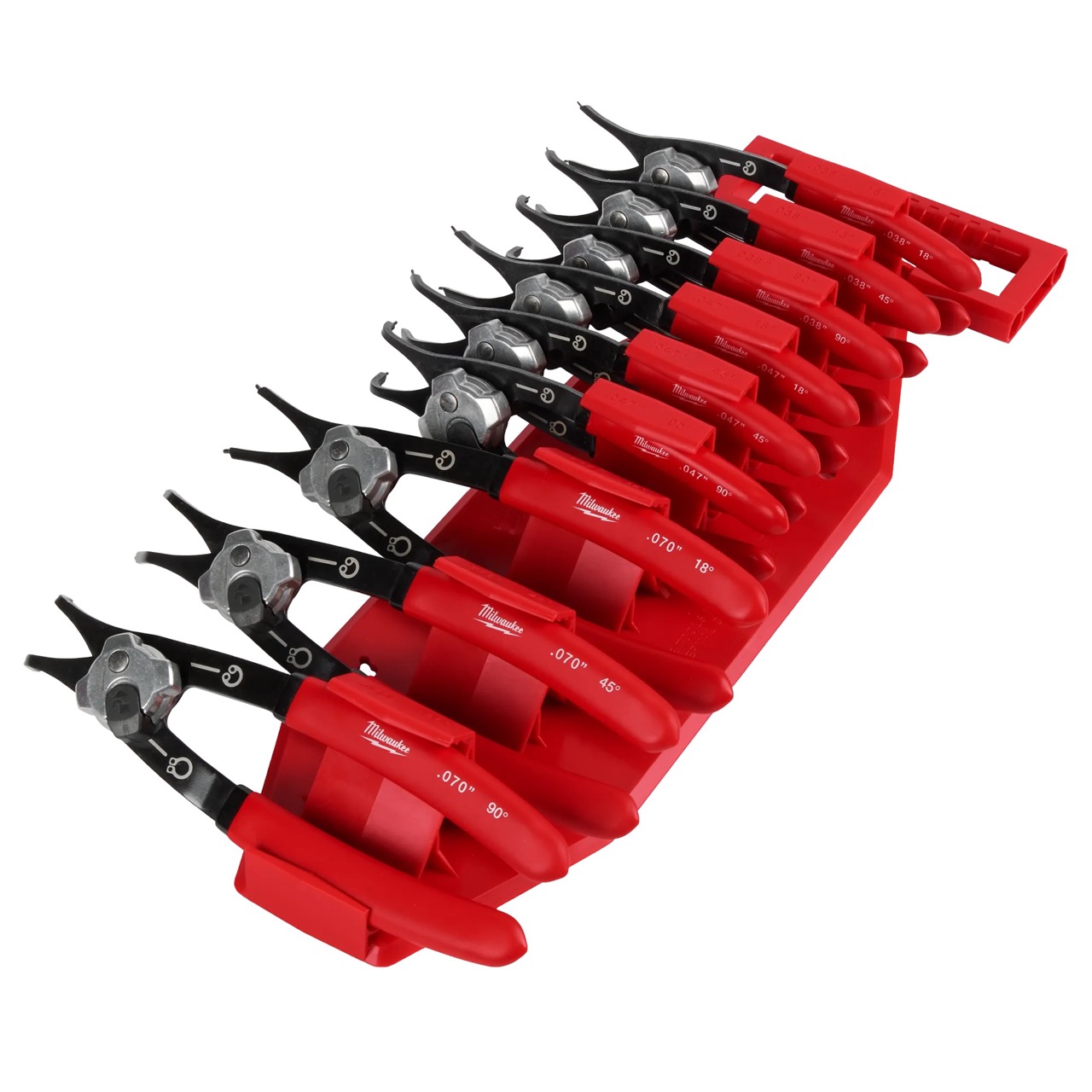
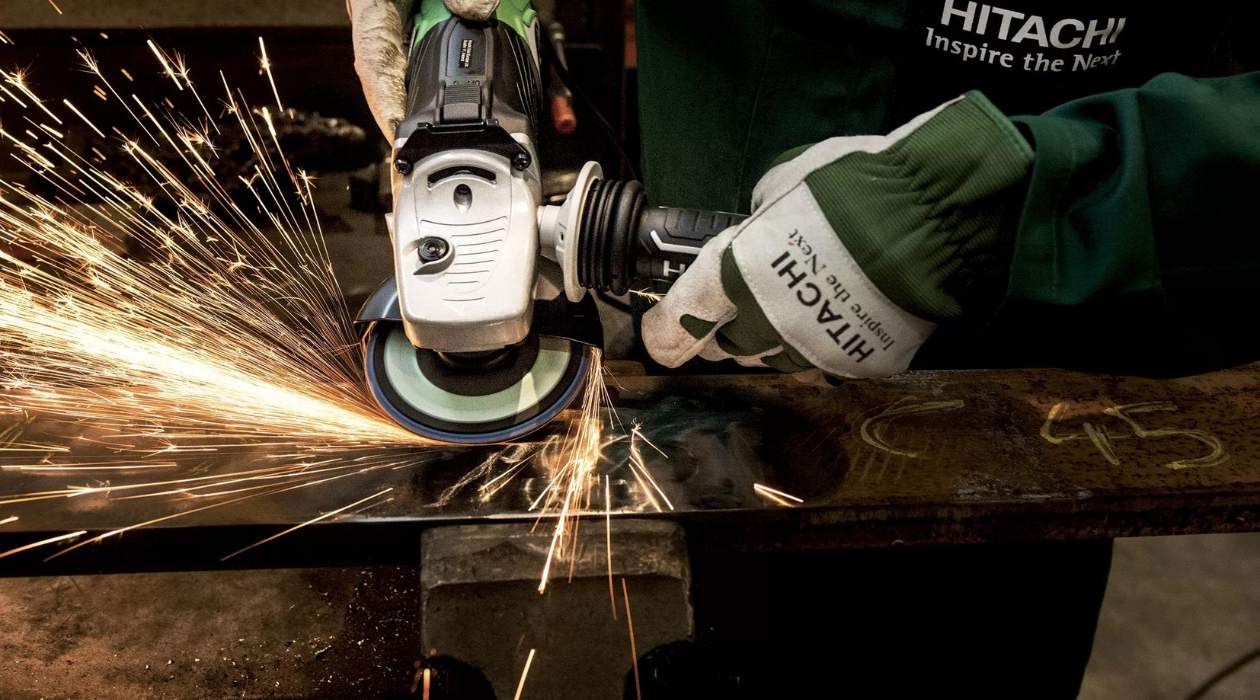
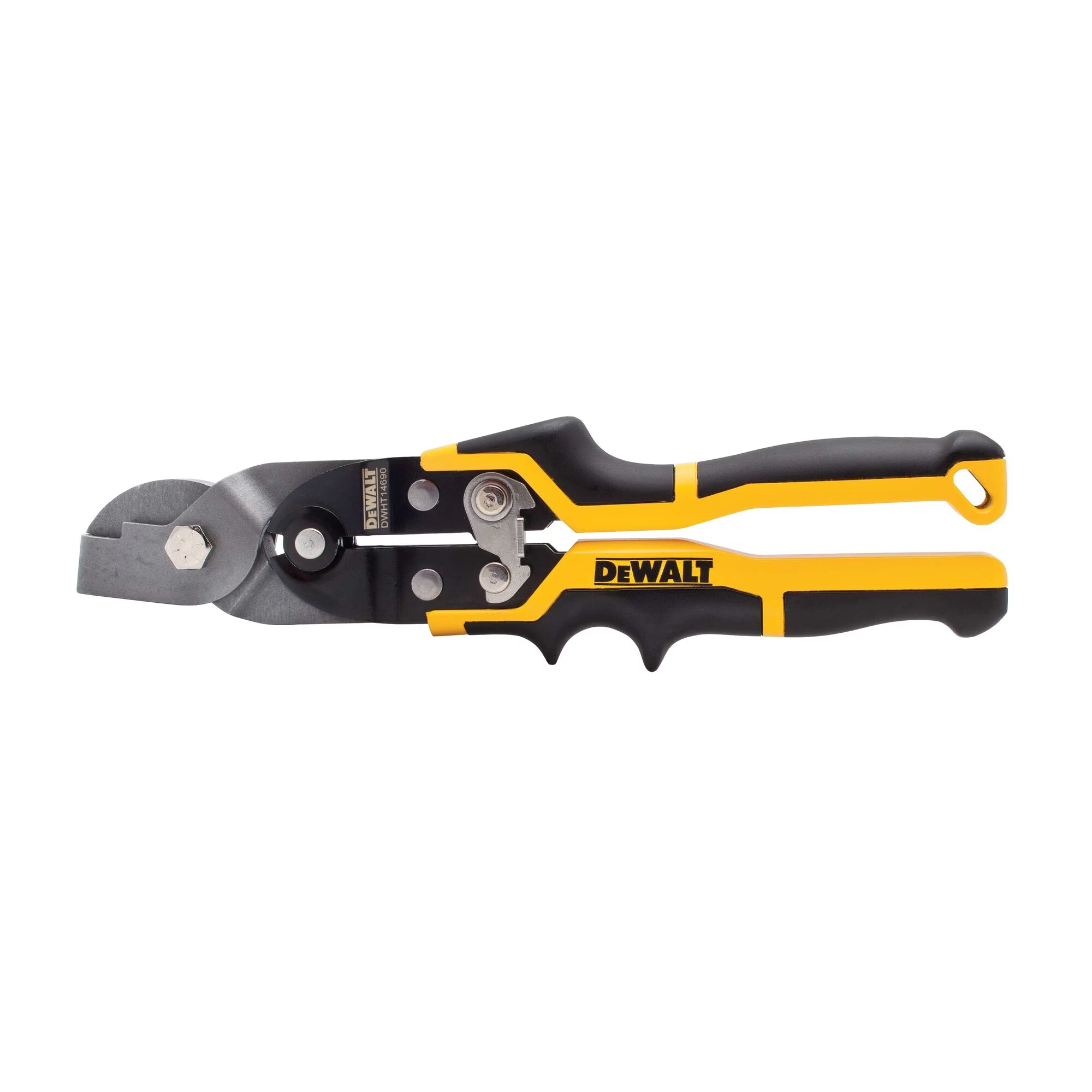
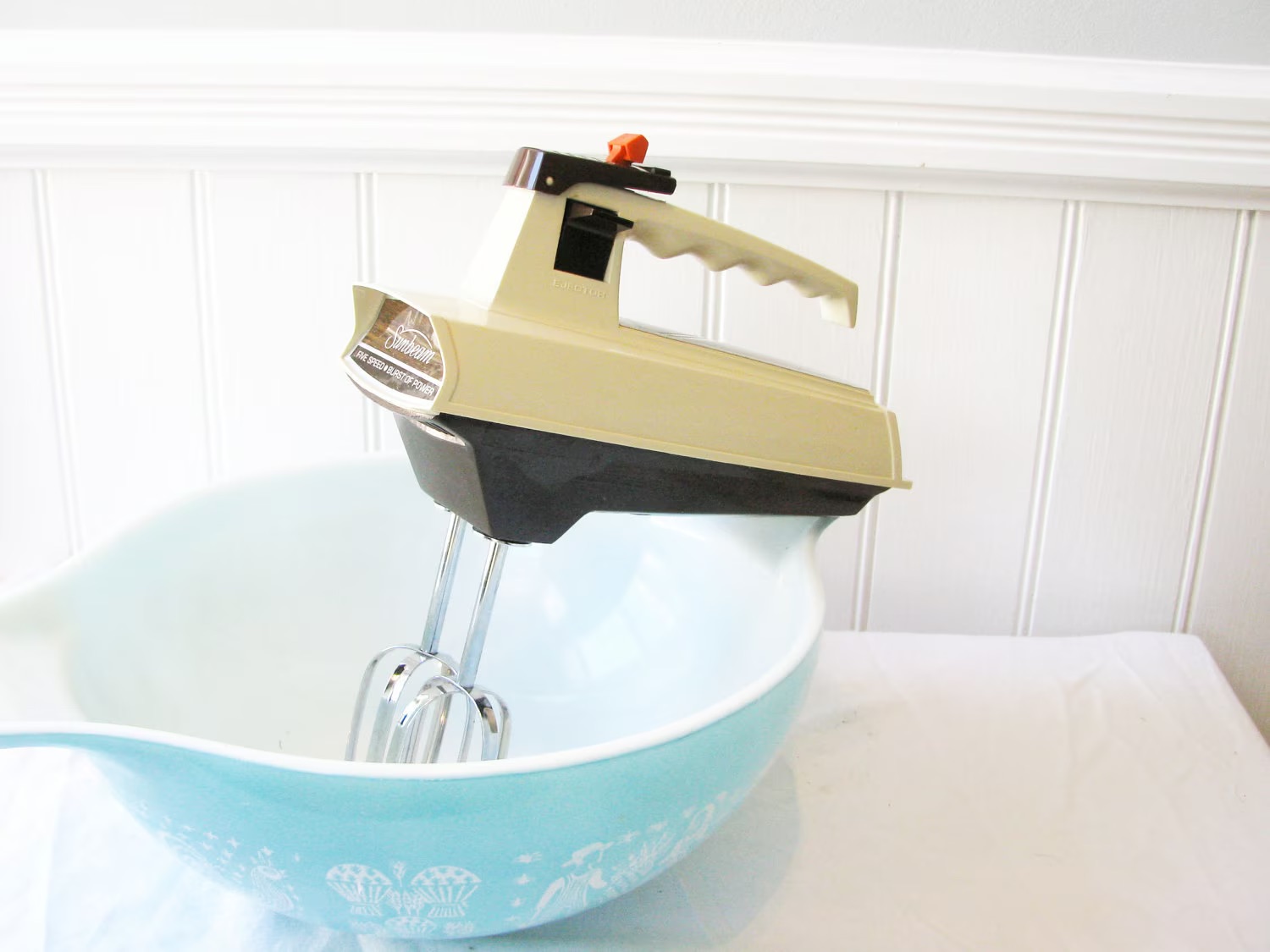
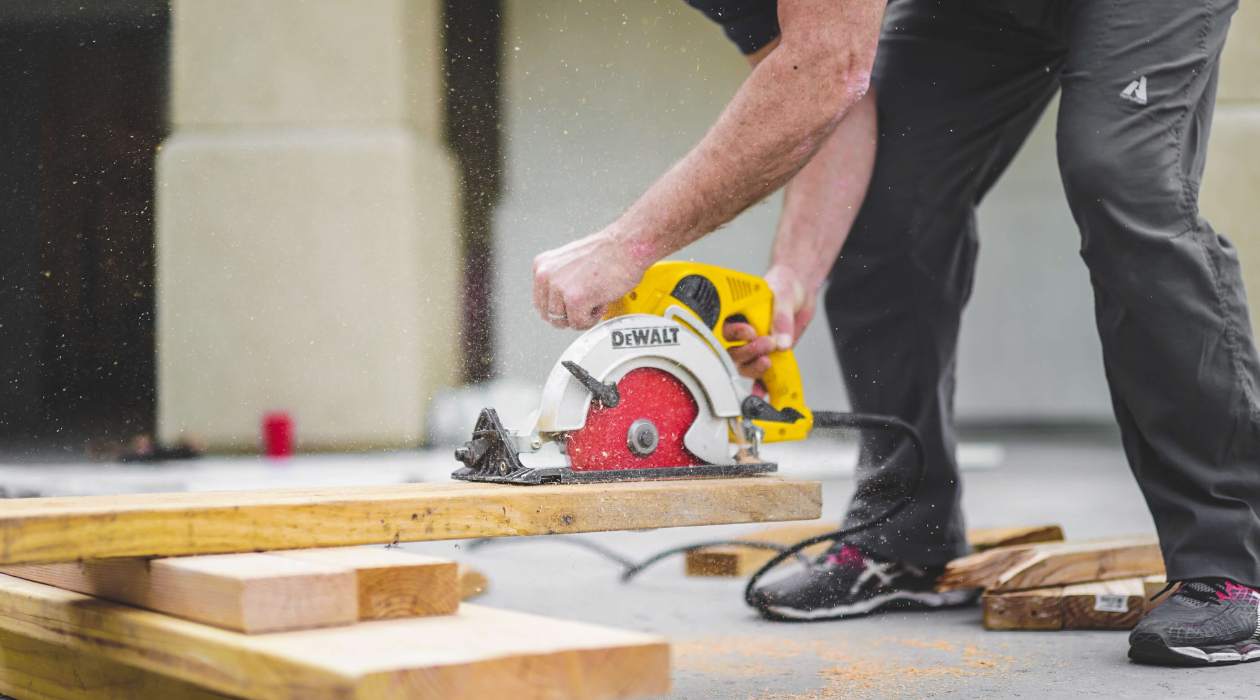
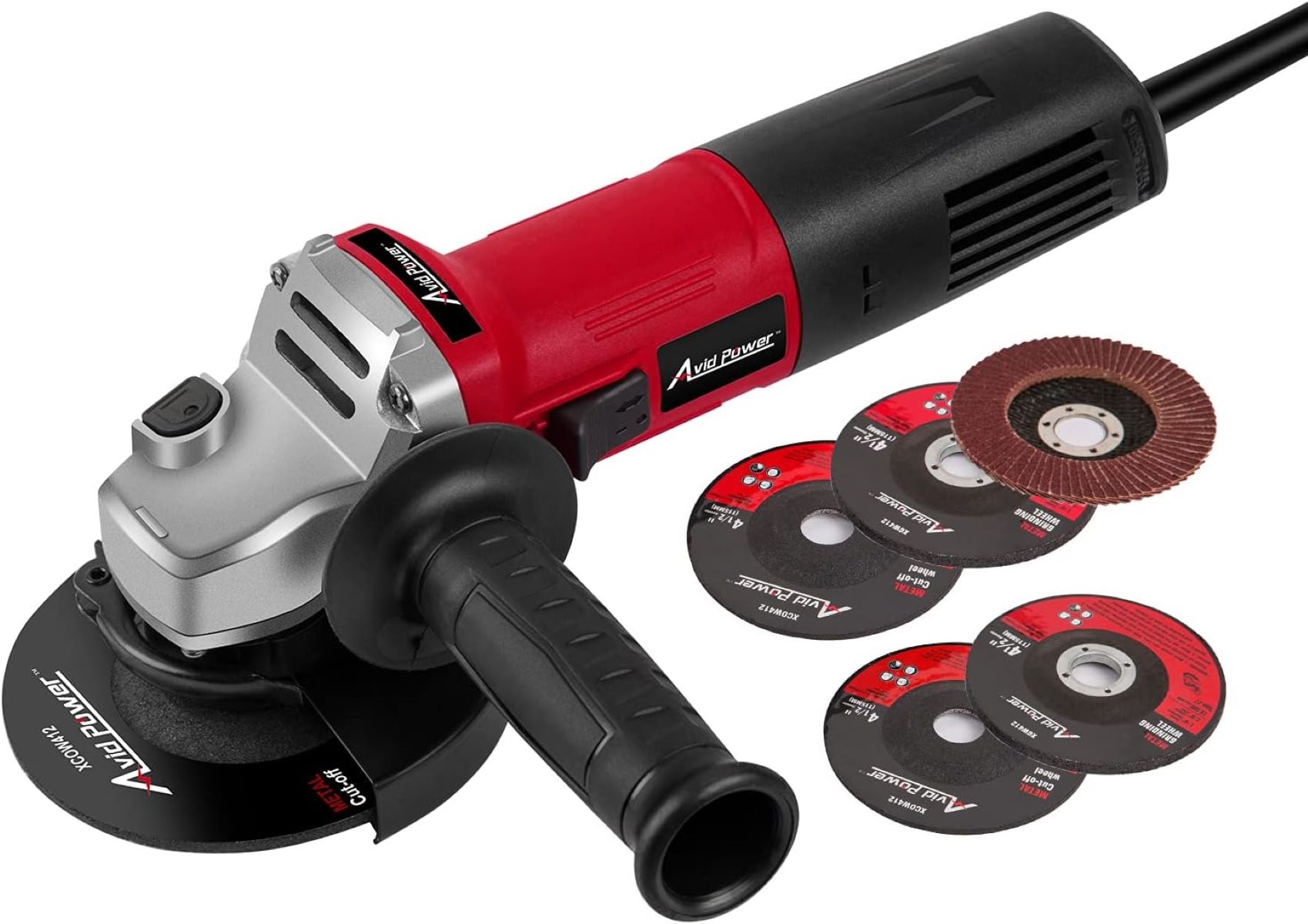

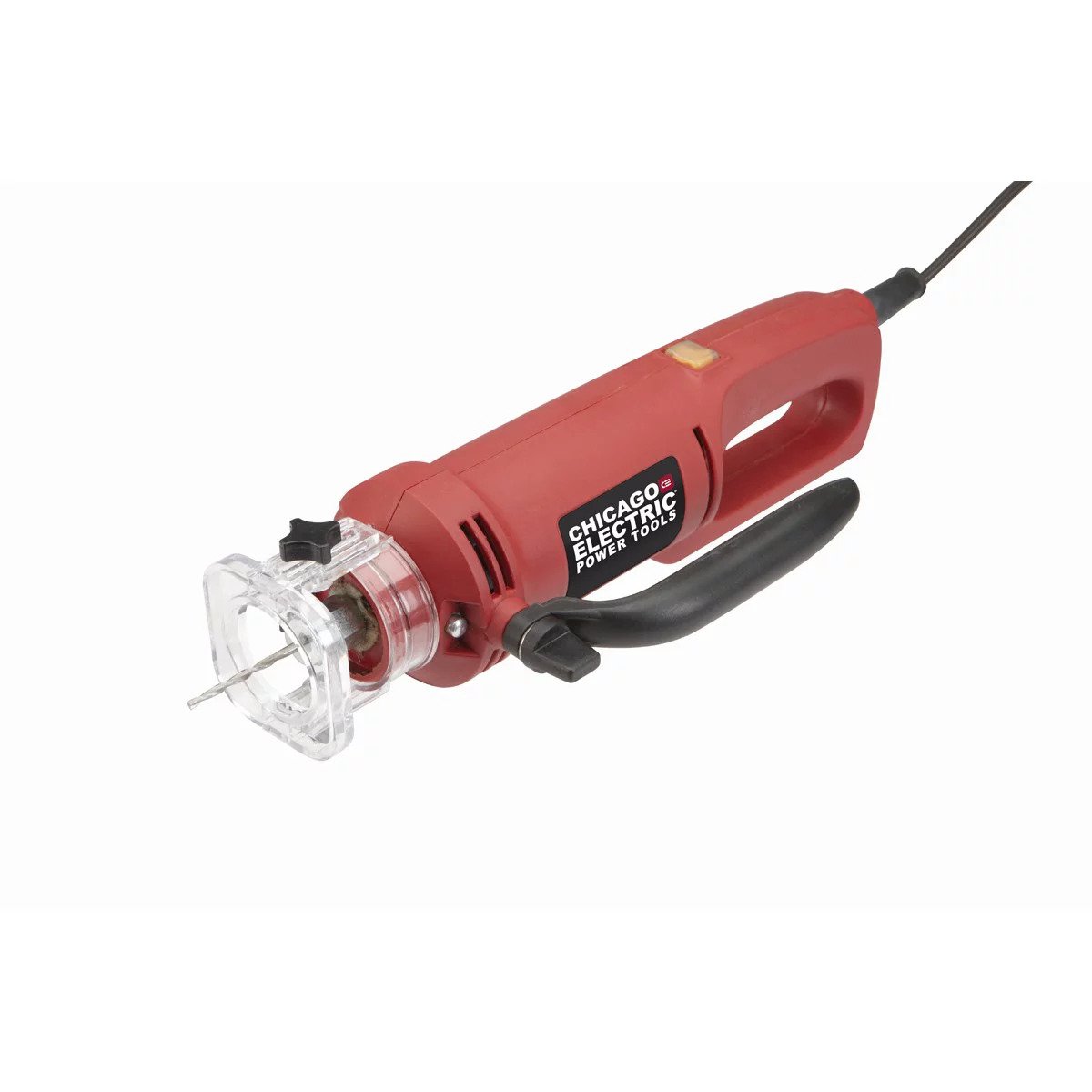
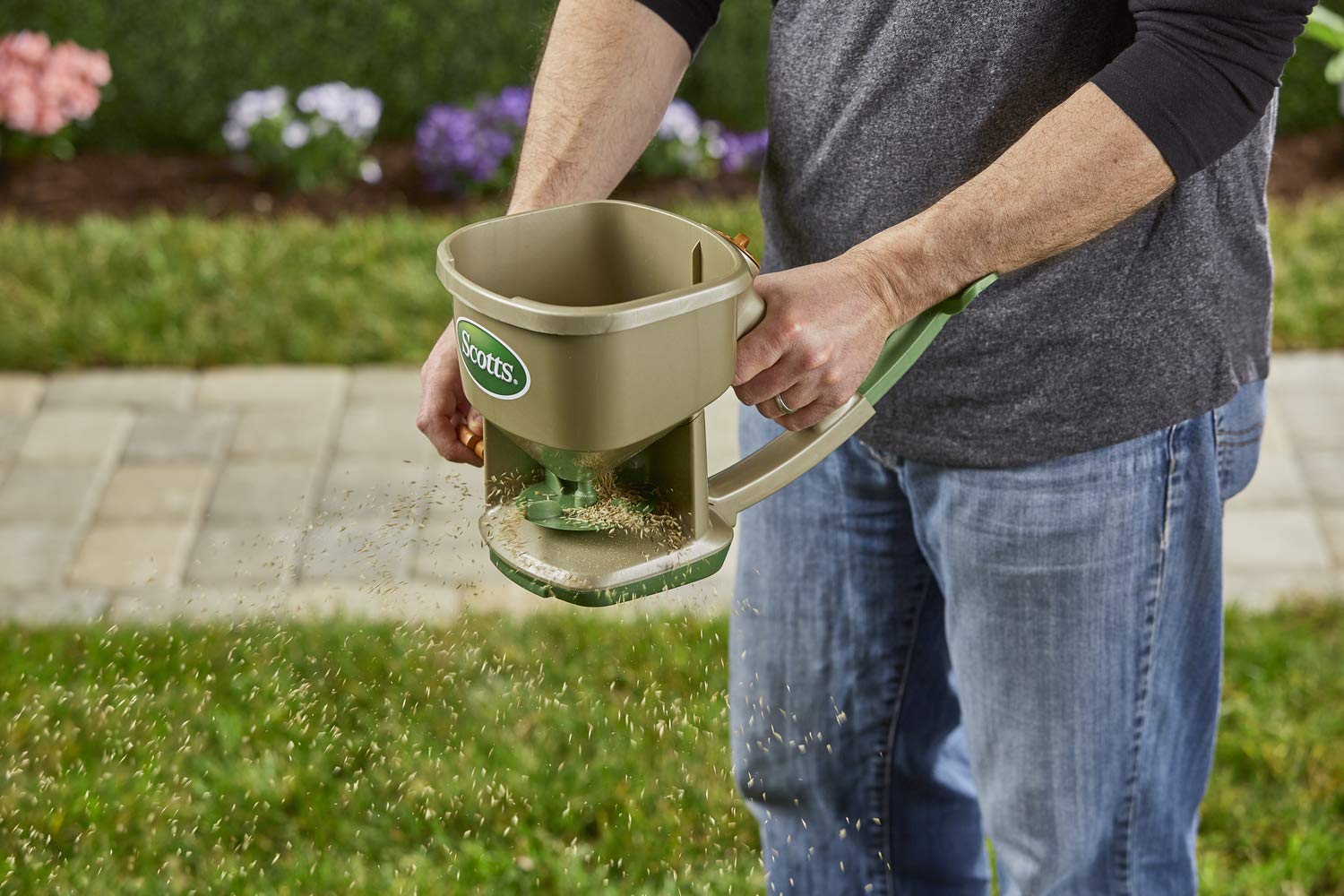
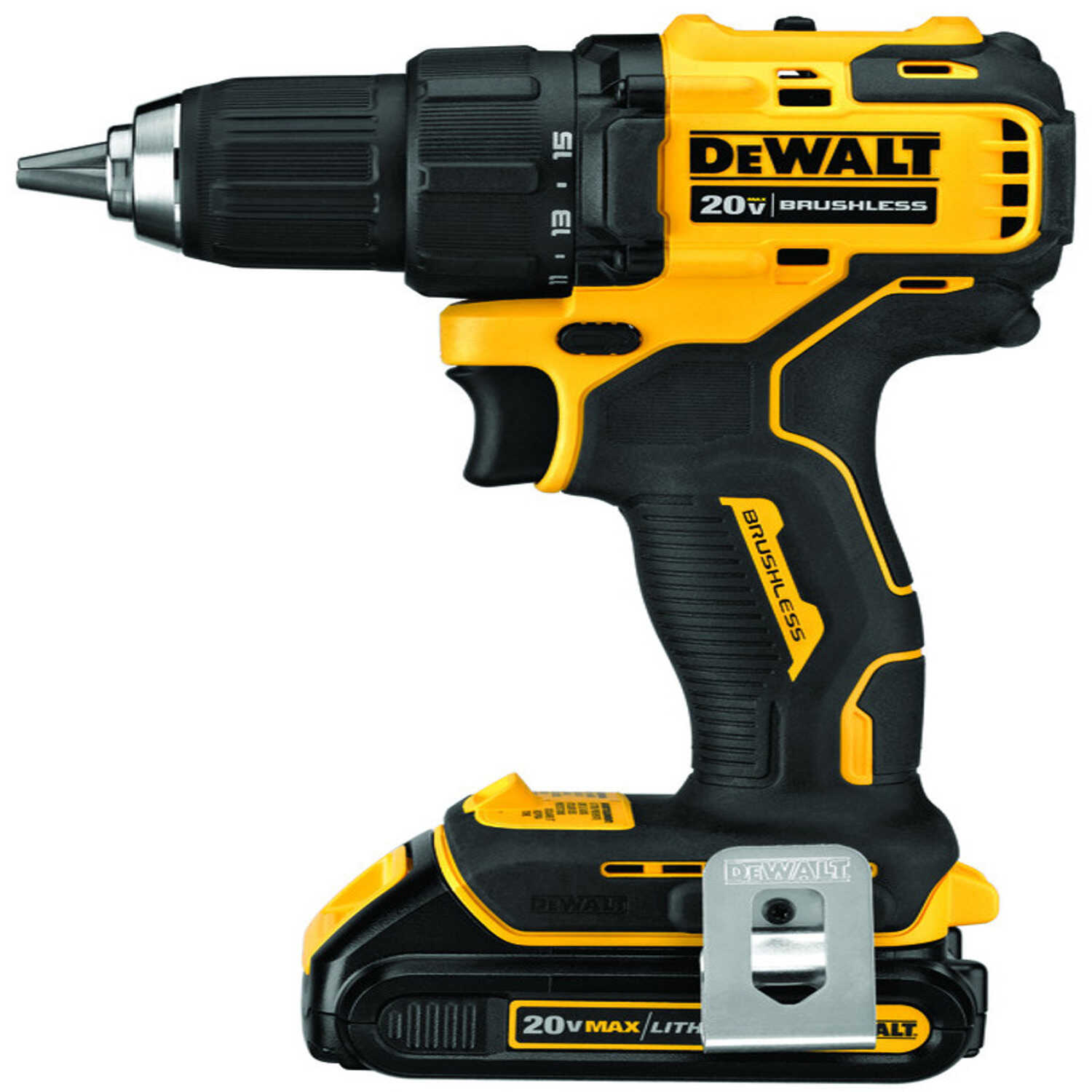
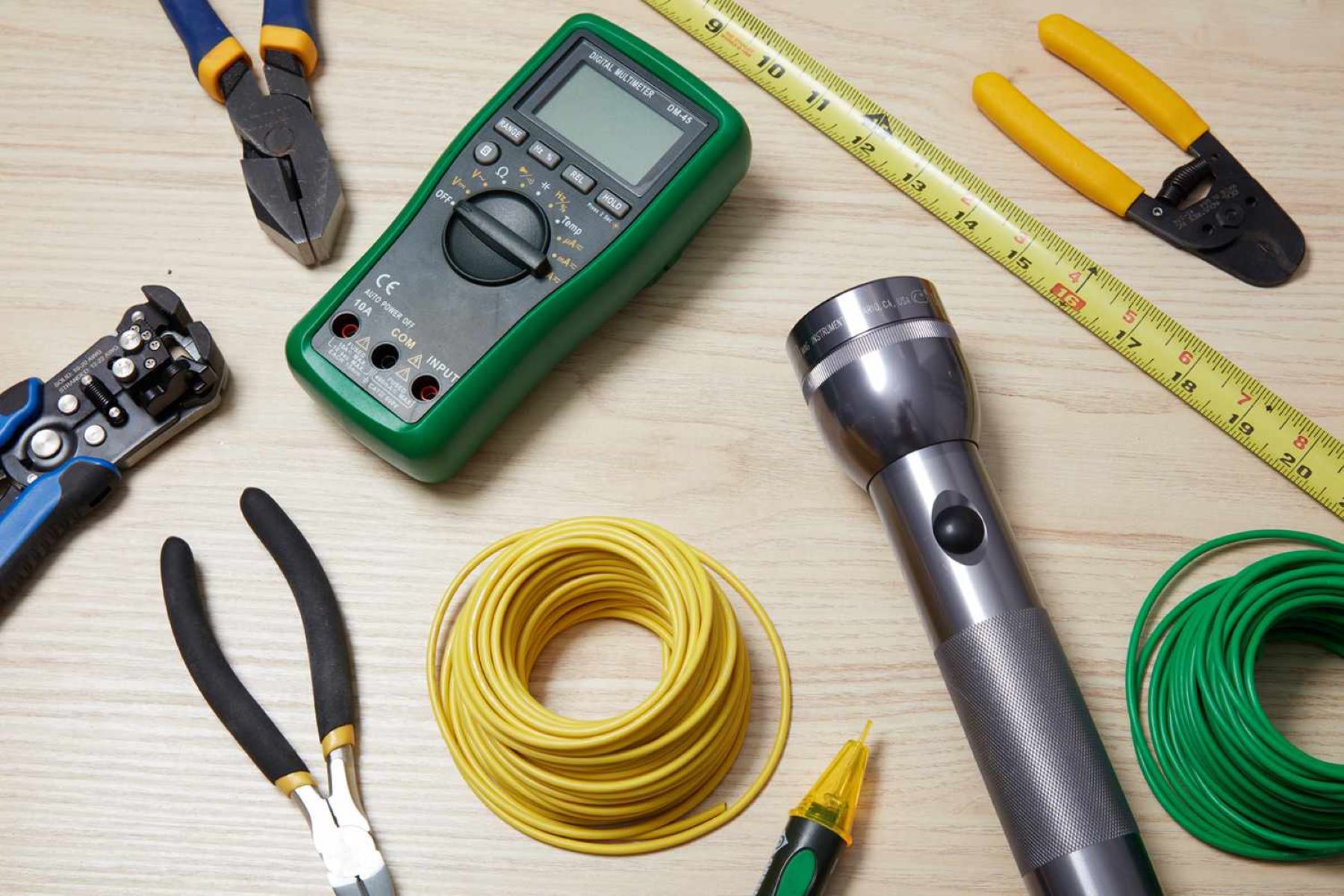

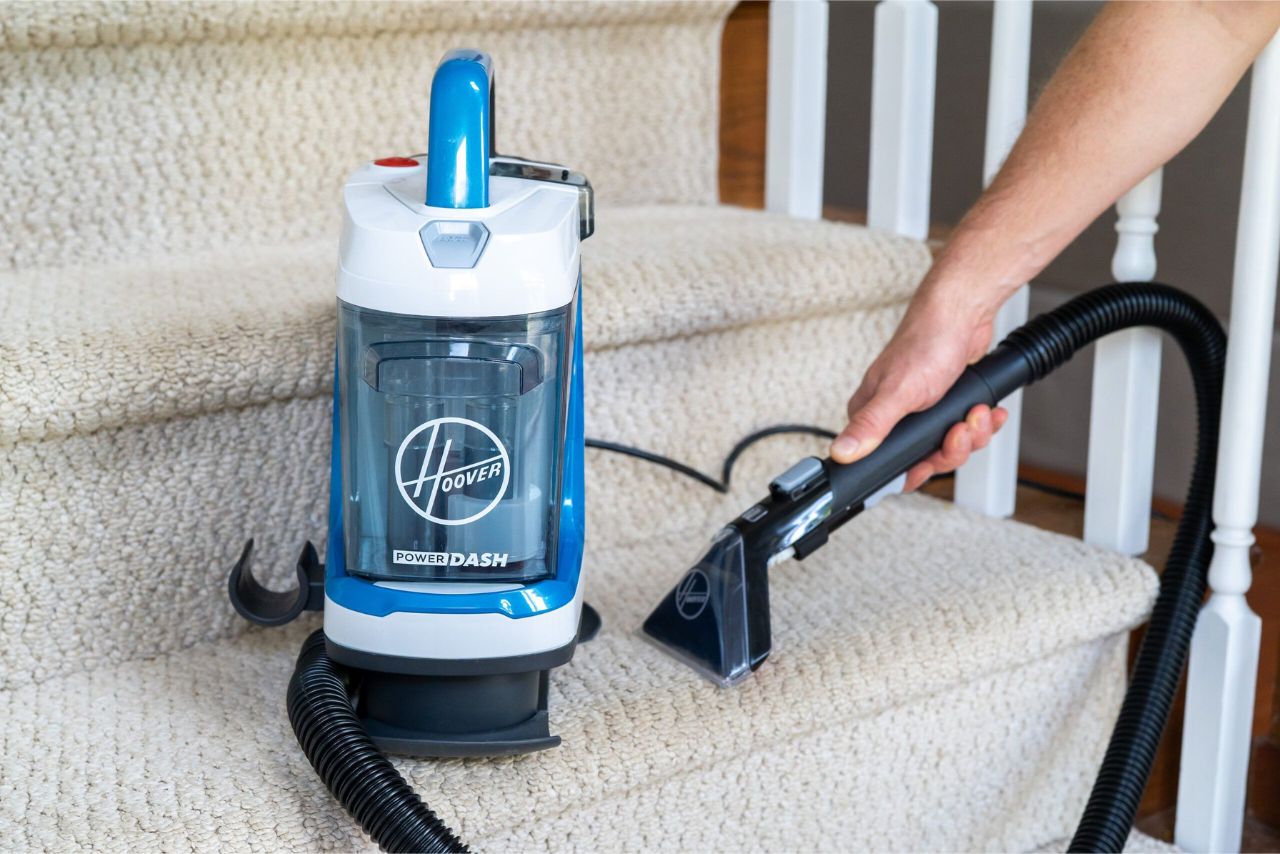

0 thoughts on “How To Maintain Hand-Held Electric Power Tools”